The U.S. Customs Broker License Exam: Tips and Perspectives
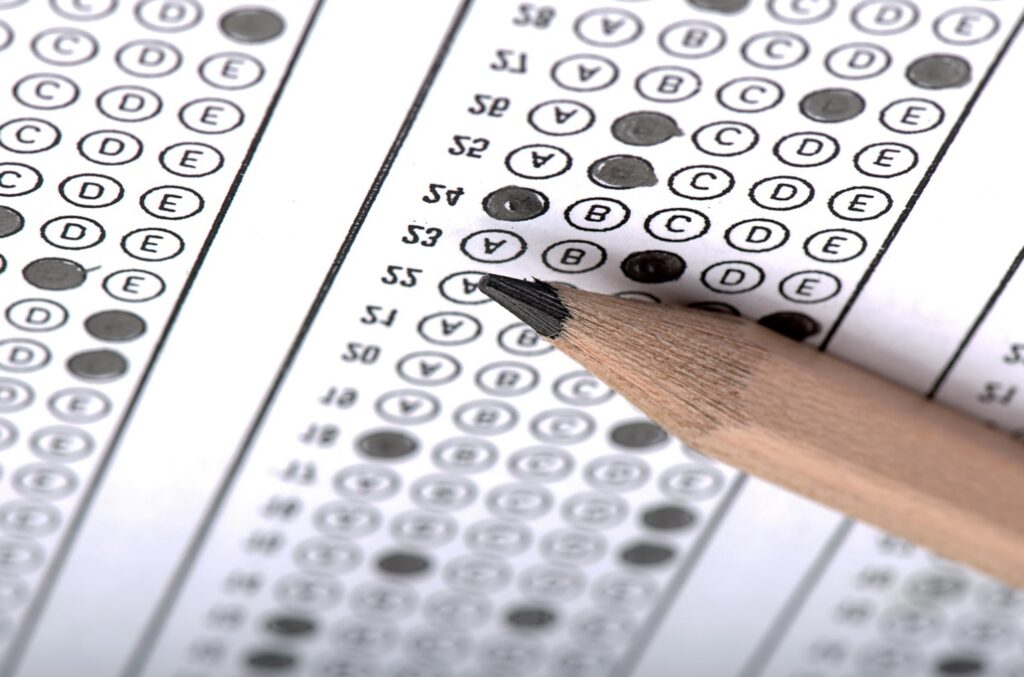
A customs broker license is issued to a person who has successfully passed a grueling licensing exam (after paying the exam fee), submitted a license application (along with another fee), and passed the subsequent FBI background investigation. The open-book exam, which lasts 4½ hours and comprises 80 multiple-choice questions, is ostensibly intended to measure one’s knowledge about various customs-related regulations and practices yet experience or employment in a customs-related job is not a prerequisite.
Amendments to the MX Customs General Rules for 2024 and to Annexes 1, 2, 5 and 24 (Reglas Generales de Comercio Exterior para 2024)
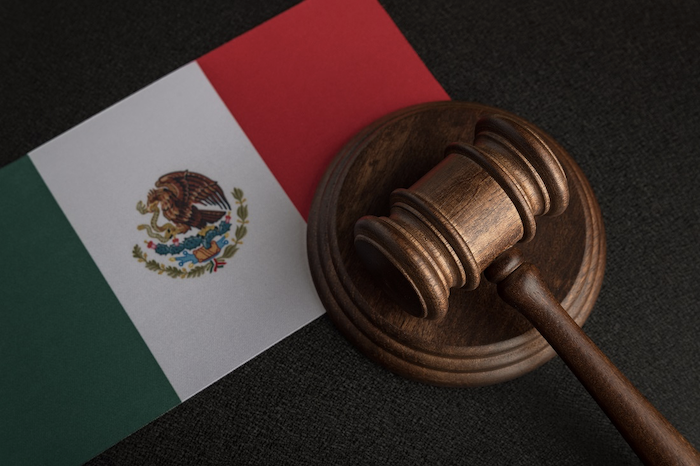
On September 15th, 2024, the Mexican Congress published on the Diario Oficial de la Federacion (Mexican Official Gazette) a decree to amend, add, and abolish several provisions of the Mexican Constitution regarding the Judicial Power. This reform, as it is being called, is one of the major changes to the Mexican Judicial System and has been met with heated debates by opponents who fear it will put the balance and separation of power at risk as it will result in a weakened and deteriorated judicial system overpassed by the legislative and executive powers.
Level-Up Your CTPAT Portal
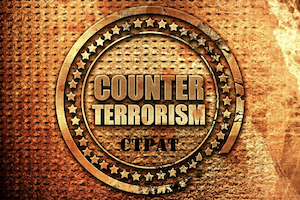
The CTPAT portal has been a work in progress for a number of years with the latest portal update (3.0) launched at the end of 2023. Let’s take a few minutes to explore a few strategies for best outcomes while avoiding common challenges and the SCSS response request for “more information”.
Forced Labor Questionnaires: Another Helpful Hint

In February 2024, Customs and Border Protection (CBP) began taking a new approach to Uyghur Forced Labor Prevention Act (UFLPA) enforcement—questionnaires. Once again, the solar industry is among the first targets, vanguards among importers, hacking their way through new regulatory growth, hopefully exposing a clear way through for all who follow. Active enforcement mechanisms like questionnaires—and the Forced Labor Enforcement Task Force (FLETF) itself—are still evolving.
Who is the Importer of Record: Security Interests and the Right to Act As IOR
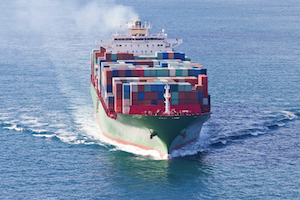
By: Gavin Andersen, Law Clerk, LCB and Adrienne Braumiller, Founding Partner, Braumiller Law Group Last June (2023), in response to a ruling request from Your Special Delivery Services Specialty Logistics (YSDS), Customs and Border Protection (CBP) issued HQ H324098, clarifying what it means to be an “owner or purchaser” with sufficient financial interest to act as […]
What is the “First Sale” Rule and How Does it Affect Me?

The First Sale Rule applies in circumstances such as the example above. A US company places an order with a middleman in the US. The middleman in turn subcontracts to a foreign supplier. The supplier then ships the product either to the middleman or to the original US company that placed the order, meaning either could be the importer of record. The entered value could be the amount on the original purchase order or the price paid by the middleman to the foreign supplier.
Latest Developments with The Uyghur Forced Labor Prevention Act and New Leadership at the Department of Homeland Security Signal Heavier Enforcement is Likely
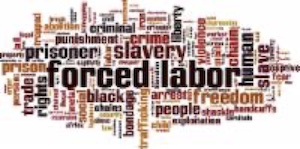
In recent years, the global spotlight has illuminated the grave concerns surrounding human rights violations within China’s Xinjiang region, particularly those impacting the Uyghur population. The Uyghur Forced Labor Prevention Act (UFLPA) stands as a pivotal piece of legislation designed to address these concerns and to ensure that products imported into the United States are devoid of forced labor originating from the Xinjiang region.
Challenges Ahead! – Requesting to be Excluded From the Xinjiang Exclusions
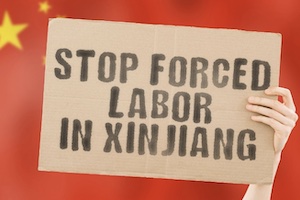
In April of this year U.S. Customs & Border Protection (CBP) issued Headquarters Ruling H330077. The ruling was in response to a protest filed by an importer that had a shipment of wearing apparel excluded from entry under a Withhold Release Order (WRO) at the port of Newark, NJ. The wearing apparel was processed from cotton produced in India, made into yarn and fabric in China, and converted to wearing apparel in Cambodia. None of the parties to the transaction were located in the Xinjiang Region of China.
DHS Audit of CBP’s Centers of Excellence and Expertise Yields Evidence of Mismanagement
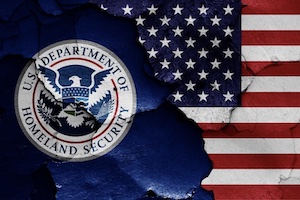
Uniformity, or rather the lack thereof, in procedures and practices within U.S. Customs and Border Protection’s (CBP) Centers of Excellence and Expertise (Centers) is evidently harming compliant companies within the trade community.
CAFC Refuses to Reverse CIT Decision on Reliquidation Order, Target, Home Products Litigation

This article examines Target Corporation v. United States, Slip Op. 23-106 (Ct Int’l Trade July 20, 2023), a recent ruling by the Court of International Trade (CIT) and its implications on liquidation matters.
